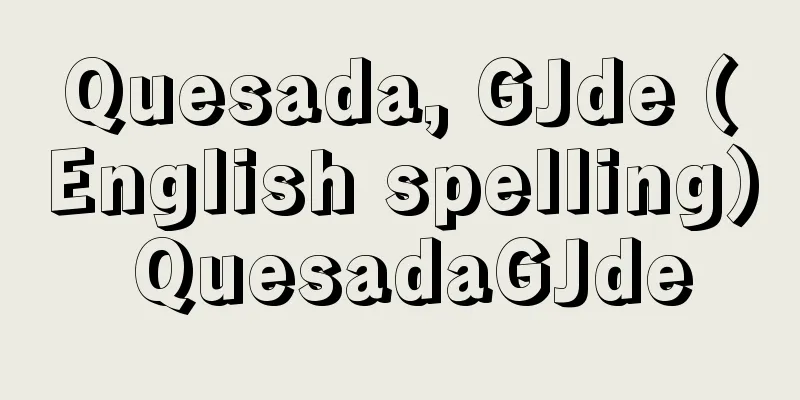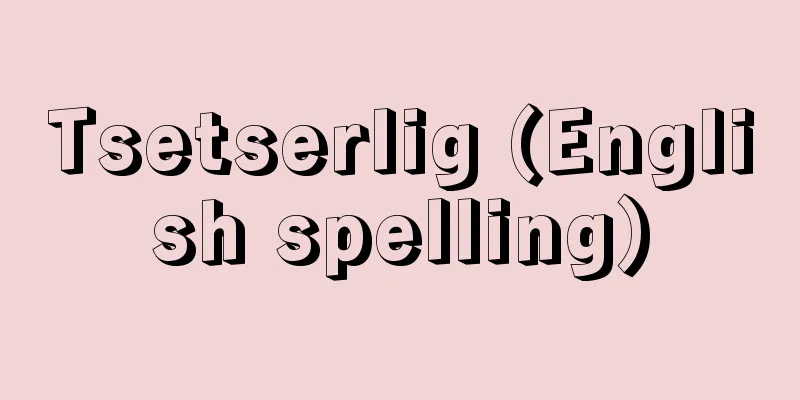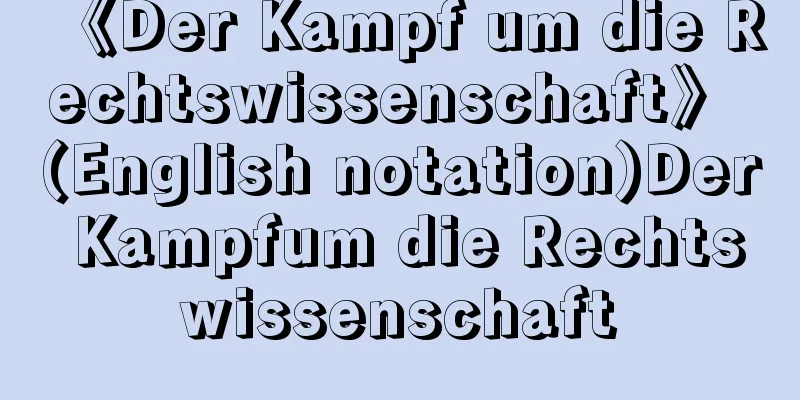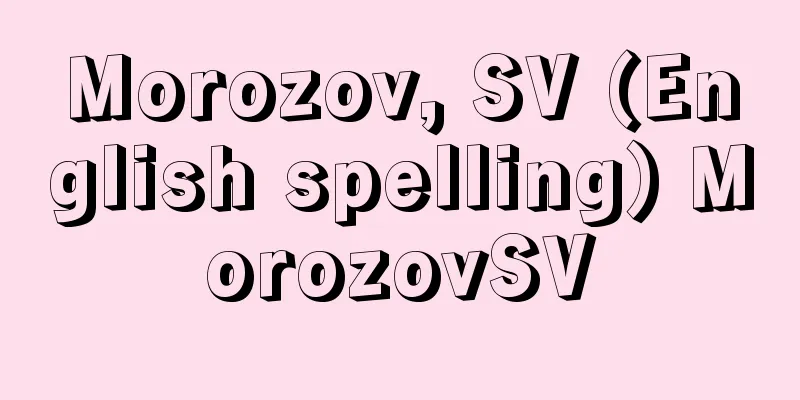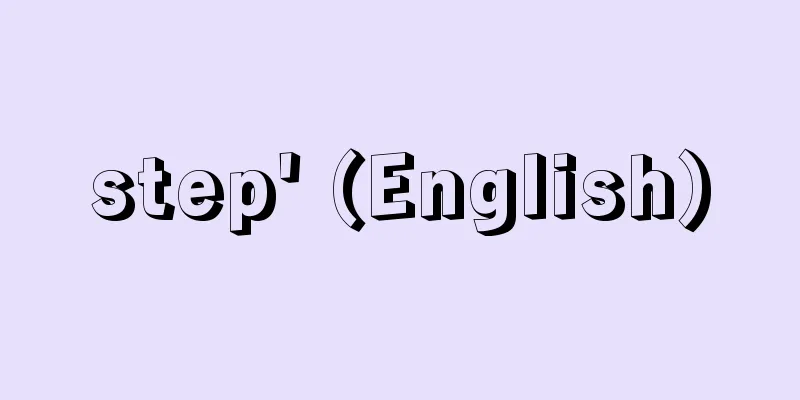Sunagawa Incident
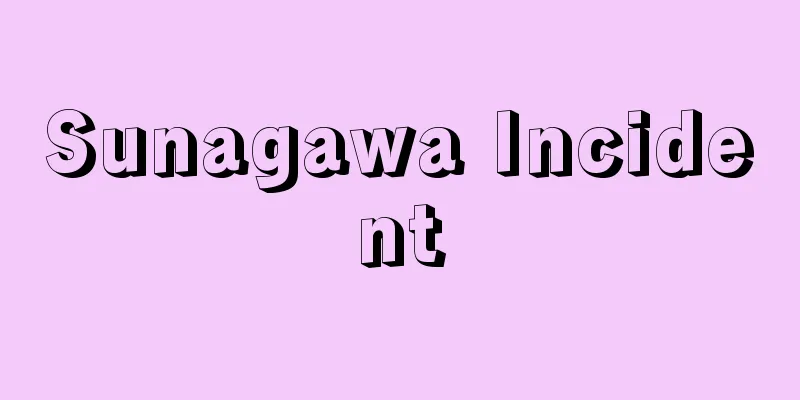
|
This incident occurred in the struggle against the expansion of the US military's Tachikawa Airfield in Sunagawa-cho, Kitatama-gun, Tokyo (now Tachikawa City) from 1955 to 1957 (Showa 30-32). It was said to be the decisive moment of the base struggle. The Hatoyama Ichiro Cabinet, which had accepted the US Air Force base expansion demand on the condition that the defense contribution be reduced, informed the local community in May 1955 of its intention to confiscate the land. However, Sunagawa-cho immediately formed an anti-base expansion alliance, and prepared a town-wide struggle system, and the movement developed into an alliance with the Santama District Labor Union and the Atomic and Hydrogen Bomb Prohibition Movement. The forced survey in September was the first high point of the struggle, with 5,000 opponents and police clashing, leaving 100 injured. In the harsh situation of the faction fighting for the conditions becoming more apparent, the opposition alliance declared a fight to the end, saying, "Stakes may be driven into the ground, but not into our hearts." Then in November, taking advantage of the suspension of support mobilization by the Socialist Party and Sohyo, the survey was carried out forcefully (two people were indicted, the First Sunagawa Incident), and a period of hardship for the opposition continued. The isolated opposition made efforts to raise public opinion, which led to the formation of the Cultural People's Conference on the Base Problem, the decision by the All-Japan Federation of Self-Government Self-Government Self-Government Federations to adopt a policy of support, and the strengthening of support by the Sohyo Party and the adoption of a policy of cooperation with the Communist Party, leading to the formation of the Sunagawa Support Group Liaison Conference of 21 groups in September 1956, which included the Communist Party, the Japan Peace Committee, and the All-Japan Federation of Self-Government ... After that, in July 1957, the Second Sunagawa Case occurred in opposition to the forced survey of private land within the base, during which seven people were indicted in a lawsuit for the return of the land. In this case, the Tokyo District Court acquitted the defendants on March 30, 1959, on the grounds that the presence of US troops in Japan violated Article 9 of the Constitution. This was a so-called "date" ruling. At the time, the Japan-US Security Treaty was in the process of being revised, so the prosecution leapt to the Supreme Court and appealed. On December 16 of the same year, the Supreme Court ruled that the presence of US troops in Japan did not violate the Constitution, since foreign troops were not considered a war potential under Article 9 of the Constitution, and that the Security Treaty, which stipulated the presence of US troops in Japan, was highly political and inappropriate for review by a judicial court. The Supreme Court overturned the original ruling on the grounds that the Security Treaty was constitutional and an act of government, and remanded the case to the Tokyo District Court (guilty convictions were finalized in December 1963). The Security Treaty was signed one month later, but this trial was significant as it was the first trial in which the constitutionality of the Japan-US Security Treaty was at issue. [Shoji Arakawa] "Sunagawa" by Makio Ito et al. (1959, Gendaisha) " "Records of the Sunagawa Struggle" by Masao Miyaoka (1970, Sanichi Shobo) " "Postwar Political Trial History Records, Volume 3" edited by Jiro Tanaka et al. (1980, Daiichi Hoki Publishing) Source: Shogakukan Encyclopedia Nipponica About Encyclopedia Nipponica Information | Legend |
|
1955~57年(昭和30~32)東京都北多摩郡砂川町(現立川市)における米軍立川飛行場拡張反対闘争をめぐる事件。基地闘争の天王山といわれた。防衛分担金削減を条件に米空軍基地拡張要求をのんだ鳩山(はとやま)一郎内閣は、55年5月地元に接収の意向を伝えるが、砂川町ではただちに基地拡張反対同盟を結成、町をあげての闘争体制を整え、運動は三多摩地区労協と原水禁運動との提携に発展していく。9月の強制測量は反対派、警官あわせて5000人が衝突、負傷者100人を出す闘争最初の山となり、条件闘争派の顕在化という厳しい状況のなかで、反対同盟は「土地に杭(くい)は打たれても心に杭は打たれない」と徹底抗戦を声明した。ついで11月には社会党・総評の支援動員中止のすきをついて測量が強行され(2名起訴、第一次砂川事件)、反対派の苦難の時期が続いた。 孤立した反対派は以後世論喚起に努め、それは基地問題文化人懇談会結成、全学連の支援方針決定、総評の支援強化・共産党との共闘方針採択を経て、1956年9月、共産党、日本平和委員会、全学連を正式構成員に加えた21団体の砂川支援団体連絡会議として結実する。こうして10月の強制測量は武装警官2000人余、反対派6000人余が衝突する闘争の峠となり、政府は測量中止を発表した。 その後、1957年7月土地返還請求訴訟を起こしていた基地内民有地の強制測量に反対して第二次砂川事件があり、7名が起訴された。この訴訟で59年3月30日東京地方裁判所は米軍駐留は憲法第9条違反であるとして無罪判決を下した。いわゆる伊達(だて)判決である。時まさに日米安全保障条約改定作業中であり、検察側は最高裁判所に跳躍上告、同年12月16日、最高裁判所は、外国軍隊は憲法第9条にいう戦力にあたらないから米軍の駐留は憲法に違反しないとし、また、米軍駐留を定めた安保条約は高度の政治性を有し、司法裁判所の審査にはなじまないとして、事実上の安保合憲・統治行為論により原判決を破棄、東京地裁に差し戻した(63年12月有罪確定)。1か月後安保条約は調印されたが、同裁判は日米安全保障条約の憲法適合性を争点とする最初の裁判として重大な意義をもった。 [荒川章二] 『伊藤牧夫他著『砂川』(1959・現代社)』▽『宮岡政雄著『砂川闘争の記録』(1970・三一書房)』▽『田中二郎他編『戦後政治裁判史録 第三巻』(1980・第一法規出版)』 出典 小学館 日本大百科全書(ニッポニカ)日本大百科全書(ニッポニカ)について 情報 | 凡例 |
<<: Zoanthachy (Sand Drawstring Bag) - Zoanthachy
>>: Sunagawa [city] - Sunagawa
Recommend
Talc (English spelling)
Mg 3 Si 4 O 10 (OH) 2 . Monoclinic mineral. Hexago...
Channa maculata (English spelling)
...This species is also called snakehead in Engli...
Yana (fish trap) - Yana
The fishing method of partitioning off a part of a...
Red Unclean
It refers to the taboo of female blood. In the pa...
Kamezaki
Minatomachi is a fishing village along Mikawa Bay ...
Human Cleanup Order - Hitobarairei
Around March 1592 (Bunroku 1), a nationwide survey...
Forest evaluation - Shinrinhyoka
To evaluate the timber production and environmenta...
Alchornea trewioides (Benth) Mueller-Arg.
A deciduous shrub of the Euphorbiaceae family, use...
Genus: Ukigoke
...It grows by repeatedly branching into two bran...
Honinbo Jowa
Year of death: October 10, 1847 (November 17, 1847...
force
...But strictly speaking, gravity has different m...
Cooke, JP
…Born in Pennsylvania. In 1888, he earned his doc...
Fire and lightning - Kajikaminari
… In addition, the charge separation caused by vo...
Glycogen - Glycogen
A polymer of D-glucose (grape sugar), it is a sto...
Ichihasama [town] - Ichihasama
An old town in Kurihara County, located in the mid...


